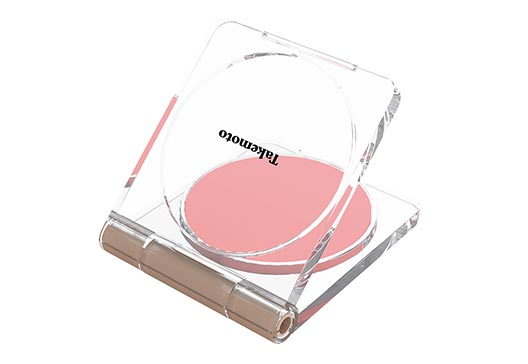
Our Approaches
hidden
3 approaches for the development of a sustainable packaging culture
In order to build an environmentally conscious, sustainable business, we focus on materials, recycling and innovation, implementing various initiatives throughout the product life cycle.
In addition to resolving the current issues surrounding packaging, including environmental protection, we will continue to evolve in cooperation with our valuable partners, such as customers and experts, and develop a packaging culture that promotes a rich and enjoyable life.
As a packaging solution provider, we aim to establish a new supply chain.
Recycling
Introduce containers and materials that can be used repeatedly
Innovation
Develop technology to accelerate the response to environmental issues
Materials
Adopt materials that consider the needs of the environment and the times
Containers made from plant-based raw materials
We are developing containers using biomass plastic, which is produced from the residual molasses generated when sugar is produced from plants (sugar cane, corn, etc.).
<Main initiatives>
- Development of new standard bottle products using bio-PET and bio-PE materials
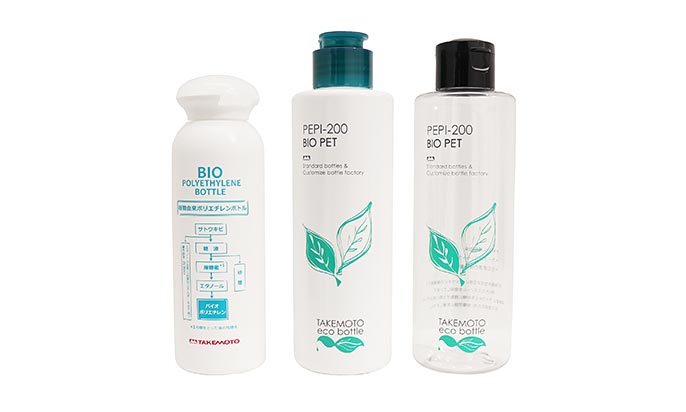
bio-PET and bio-PE
Containers made of materials that return to nature
Since the 1980s, we have been involved with product development using “green” plastics, also known as biodegradable plastics. We are working on the development of containers that use biodegradable resins that have the property of being decomposed by microorganisms and eventually turning into carbon dioxide and water and circulating in the natural environment.
<Main initiatives>
- Container development using biodegradable resin
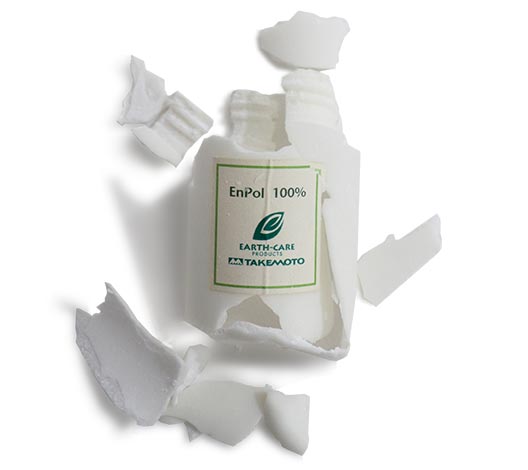
Biodegradable Biopol
Use of sustainable materials
In order to implement a full range of sustainable total packaging solutions, we are developing containers in various materials in addition to plastic, including aluminum, paper and glass.
<Main initiatives>
- Development of standard bottles made of aluminum and glass
- Collaborative development using paper
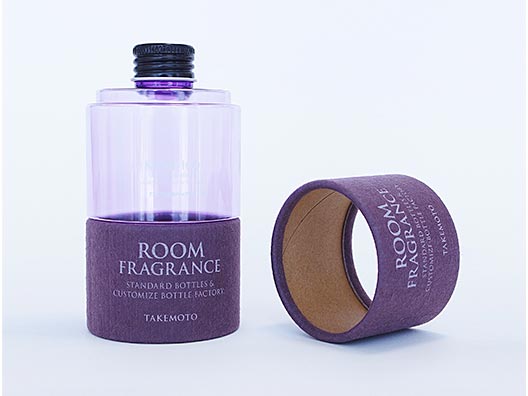
Paper KAMI-160
Recycling
Introduce containers and materials that can be used repeatedly
Containers made from recycled raw materials
We are working on the realization of a circular economy by taking a raw material made of reprocessed pellets from the sorting, crushing and decontamination of collected bottles, and offering it in the form of new containers.
<Main initiatives>
- Commercialization of recycled PET bottles using standard container molds, commercialization of recycled PP caps
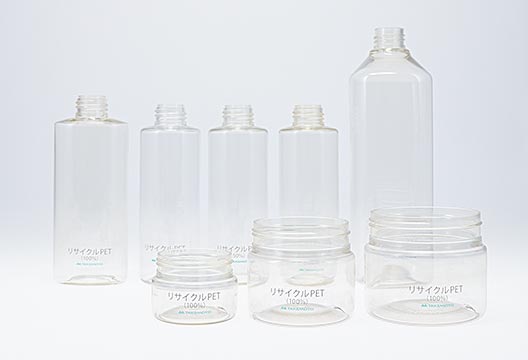
Development of containers designed for repeated use
By repeatedly using one container, we are working on the development of sustainable products from the two viewpoints of reducing the consumption of plastics and the amount of packaging discarded after the contents are used.
<Main initiatives>
- Development of refill container series for cosmetics
- Development of wide mouth containers that are easy to refill
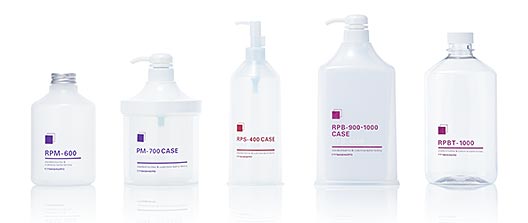
Refill container PRM
Innovation
Develop technology to accelerate the response to environmental issues
Development of lightweight containers
We are also developing lightweight containers that use less petroleum-based raw materials than conventional products. By devising new materials and shapes, we are working to reduce the weight of containers while maintaining the required strength.
<Main initiatives>
- Lineup of lightweight products including bottles and caps made from PE, PP, and PET bottles materials
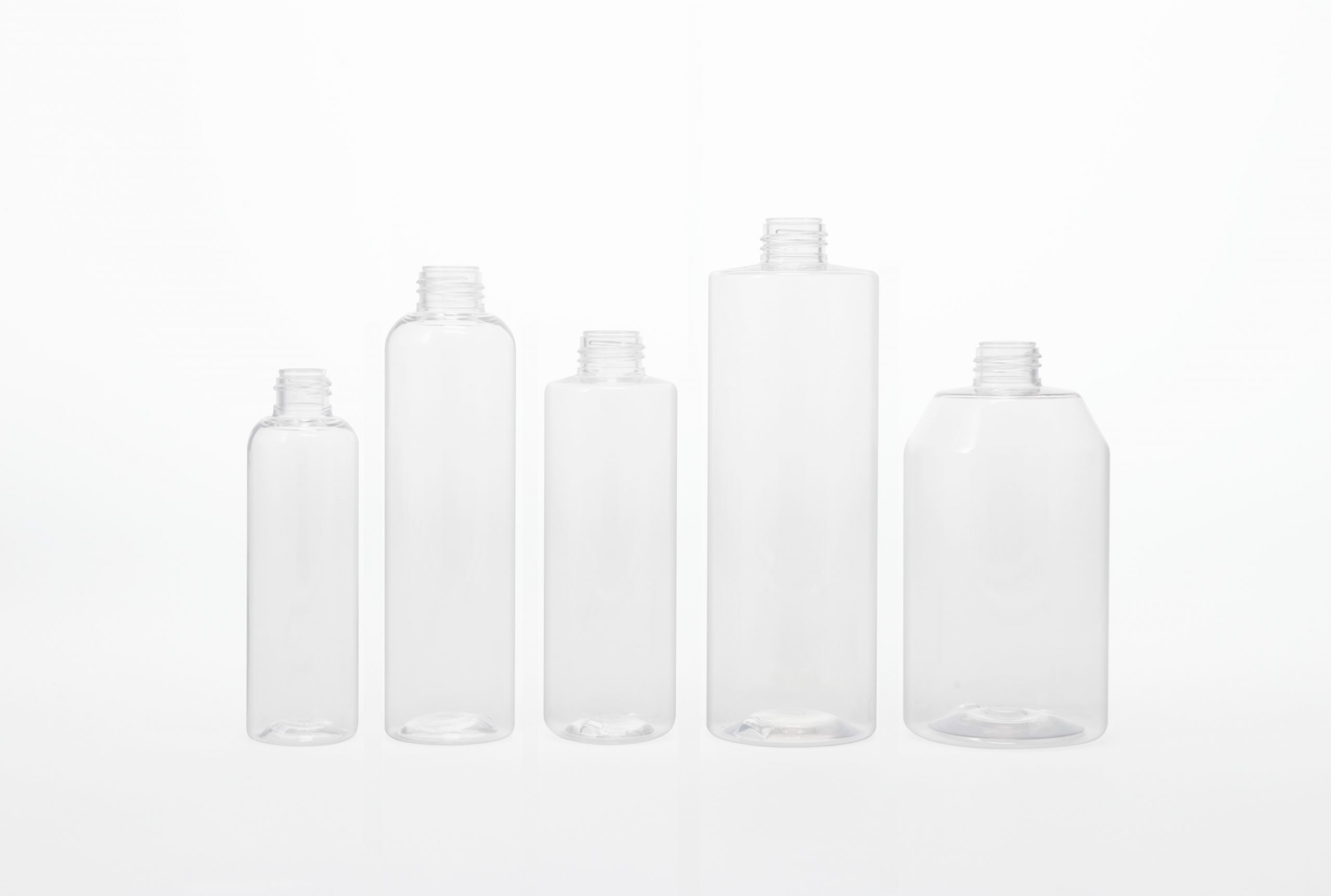 PEMI、PEPI、PMP
PEMI、PEPI、PMP
Development of coating technology that improves the barrier properties of containers
We are conducting research on coating technology that improves the barrier properties of containers to protect the contents for a longer period of time by blocking factors such as gas, oxygen, light, and humidity that cause quality deterioration by external sources.
Development of mono-material containers
In order to promote plastic recycling activities, we are developing mono-material containers that facilitate separation.
